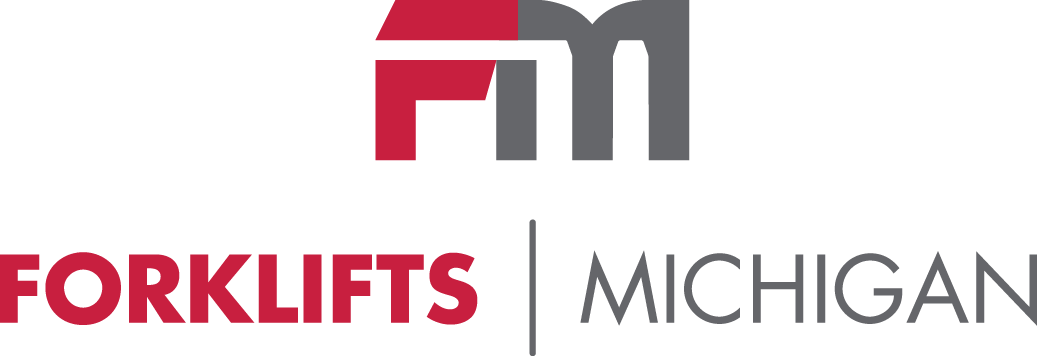Evaluating the Cost Efficiency of Forklift Rentals vs. Purchases: A Data-Driven Insight
In the competitive landscape of warehouse and manufacturing operations, the decision between forklifts rental and purchasing can significantly impact a company's bottom line. According to a report by the Material Handling Industry of America, approximately 85% of businesses grapple with this dilemma, as they seek to balance operational efficiency and cost-effectiveness. Forklifts rental offers a flexible solution for companies dealing with fluctuating demand, allowing them to scale their operations without the burden of long-term ownership costs. Recent data indicates that businesses can save up to 30% annually by opting for rental over purchase, especially during peak seasons when equipment utilization is at its highest.
Furthermore, the ever-evolving nature of inventory management and logistics necessitates a strategic approach to equipment acquisition. The International Warehouse Logistics Association notes that up to 40% of companies will reconsider their material handling strategies in light of economic fluctuations and supply chain disruptions. This underscores the importance of analyzing the cost efficacy of forklifts rental versus outright purchase. By maximizing the use of rental services, organizations can not only enhance operational agility but also unlock capital for other critical investments. This blog will delve into the data-driven insights on the financial implications of these choices, helping businesses make informed decisions in their material handling strategies.
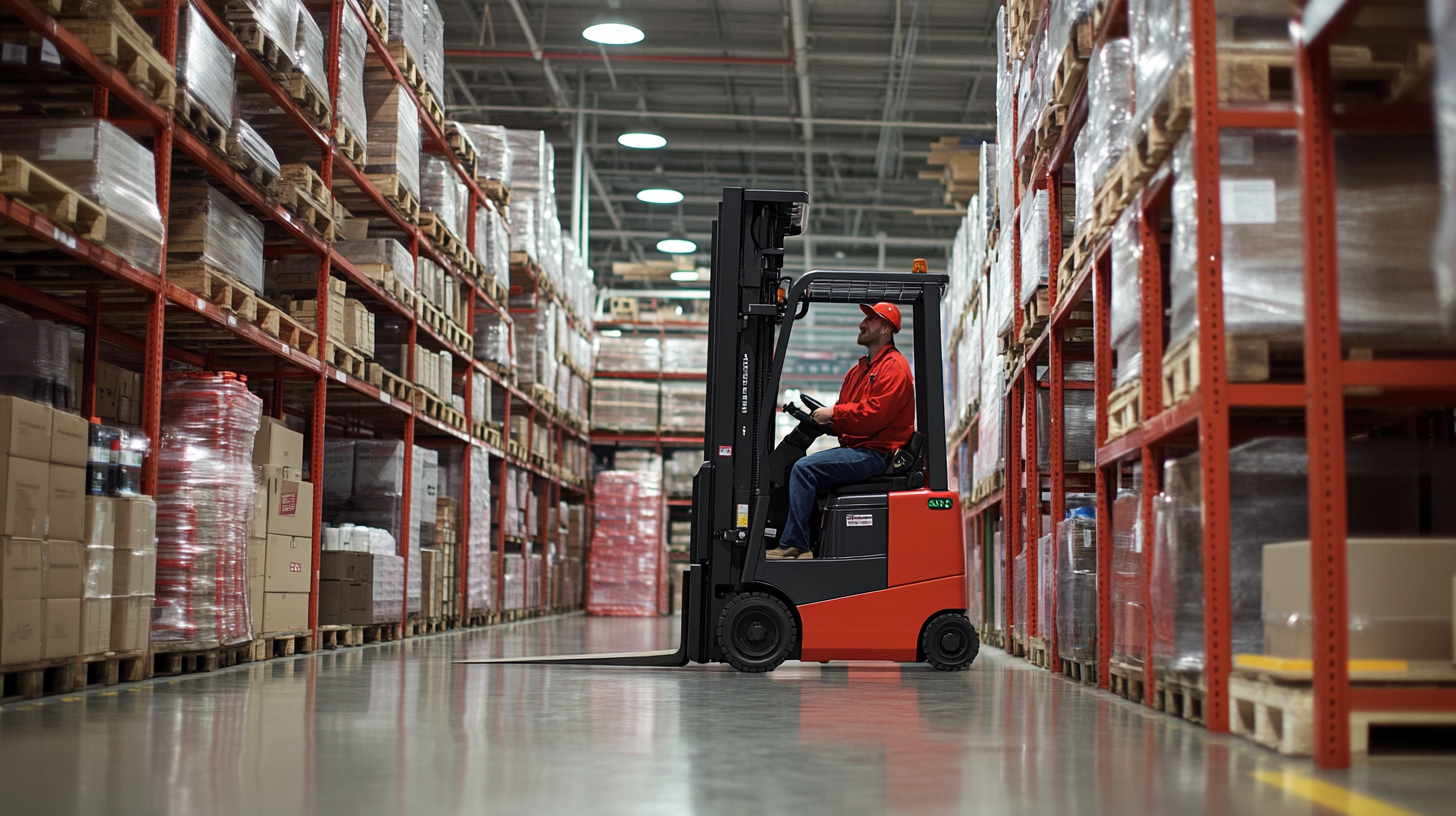
Understanding the Financial Implications of Forklift Rentals vs. Purchases
When considering the financial implications of forklift rentals compared to purchases, businesses must navigate a complex landscape influenced by several factors including usage frequency, maintenance costs, and upfront expenditure. According to a recent report by IBISWorld, the average annual cost of owning a forklift can surpass $10,000, factoring in depreciation, insurance, and ongoing maintenance. For firms that only require forklifts during peak seasons or for short-term projects, the high initial investment can be unjustifiable. On the other hand, forklift rentals present a flexible financial option that can help businesses manage costs effectively. A study by Rent-A-Forklift revealed that companies can save up to 50% on equipment expenses by opting for a rental arrangement instead of a purchase. This choice alleviates the burden of maintenance and repairs, as rental companies typically handle these services. Furthermore, with the rising trend of just-in-time inventory practices, businesses are leaning towards rentals to optimize cash flow and reduce excess equipment during slower periods. Moreover, the financial benefits extend beyond operational costs. With the capital saved from renting, companies can reinvest in other areas, enhancing their overall productivity. The ability to rapidly scale operations up or down in accordance with business needs allows organizations to remain agile in a competitive market, a critical strategy in today's fast-paced economy. As such, analyzing the total cost of ownership versus the total cost of rental becomes vital for making sound financial decisions in logistics and warehouse management.
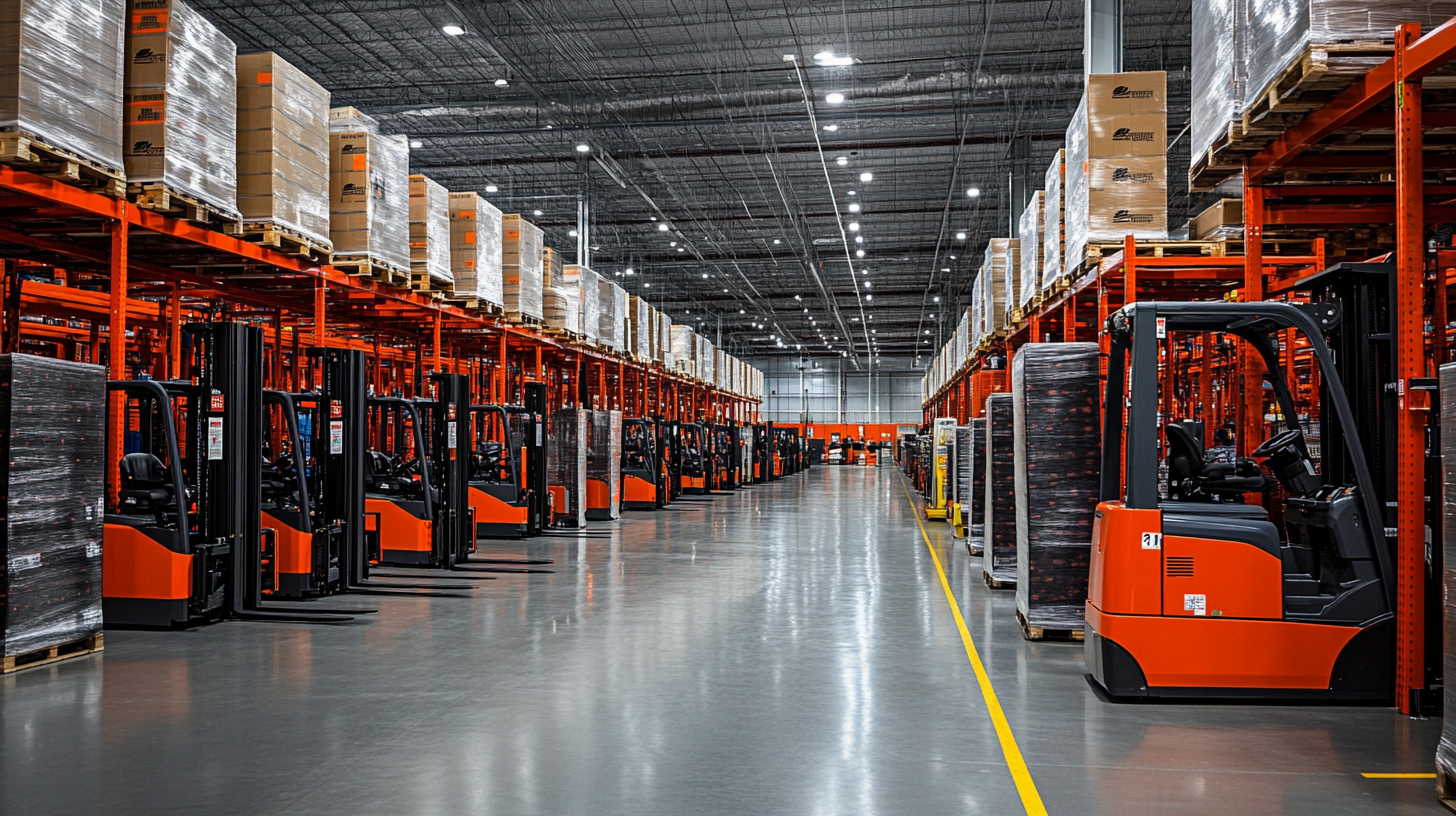
Analyzing Rental Costs: Short-Term Versus Long-Term Expenses
When considering the acquisition of forklifts for warehouse operations, businesses often grapple with the decision to rent or purchase. Analyzing rental costs reveals a distinct difference between short-term and long-term expenses that can significantly influence the financial strategy of a company. Short-term forklift rentals provide flexibility that can be invaluable for businesses with fluctuating needs, such as seasonal demand or temporary projects. The ability to avoid upfront costs while accessing modern, well-maintained equipment can enhance cash flow and reduce overall operational risks.
On the other hand, long-term expenses come into play when a company anticipates consistent use of forklifts over several years. While the initial investment in purchasing equipment is lower in rental arrangements, the cumulative costs of rentals can surpass ownership over time. It's crucial for businesses to evaluate how often they will utilize the forklifts and how their operational needs may evolve. Over an extended period, purchasing forklifts not only eliminates the recurring rental fees but also provides potential tax advantages and asset equity as the equipment’s value depreciates.
Ultimately, the decision hinges on the specific operational requirements and budget constraints of a business. By carefully analyzing the implications of short-term rental costs versus long-term ownership expenses, companies can make informed decisions that align with their financial goals and operational efficiencies.
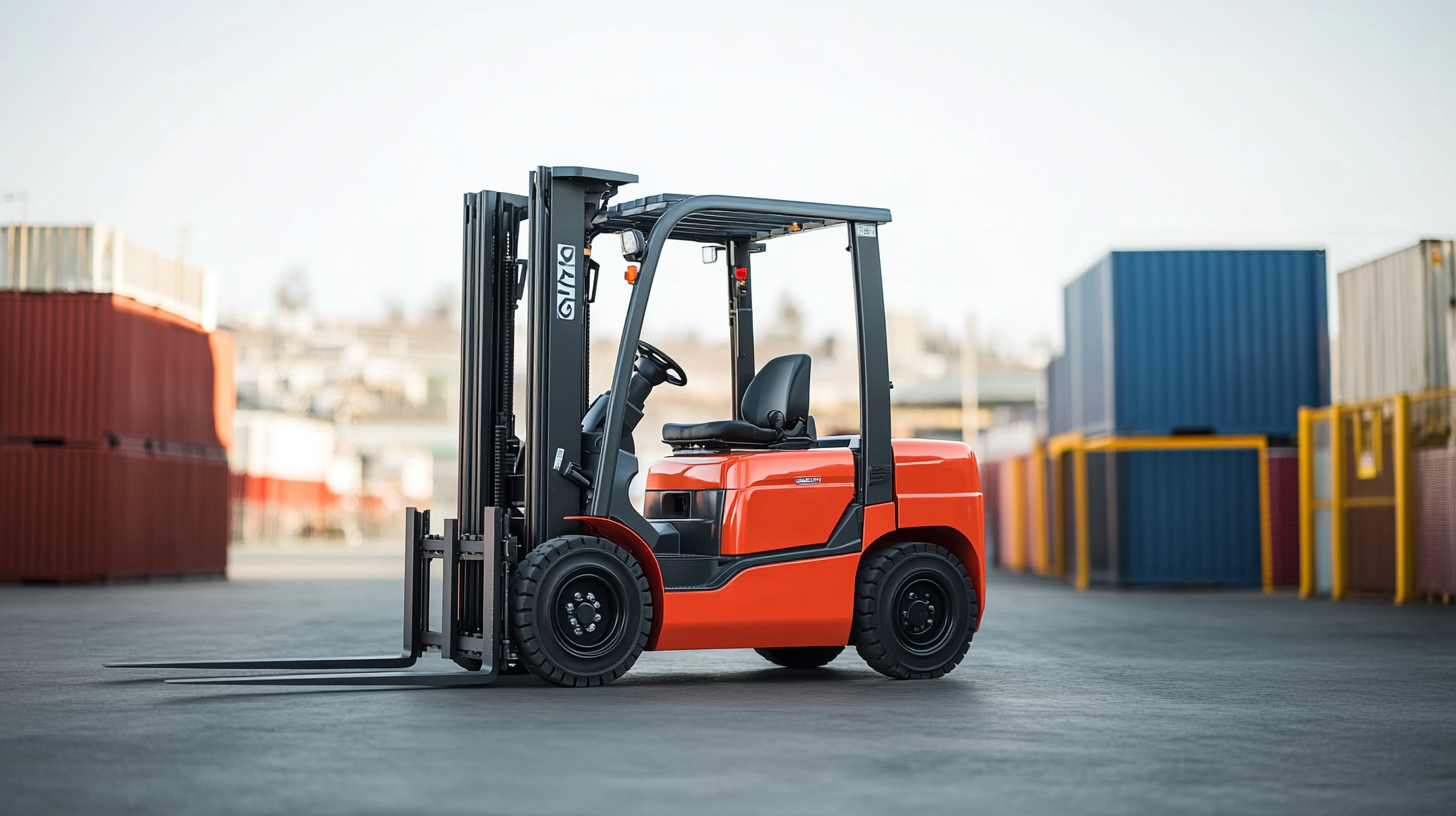
Evaluating Depreciation and Maintenance in Forklift Ownership
When companies consider investing in forklifts, the debate often centers around whether to rent or purchase. A key factor in this decision is understanding the implications of depreciation and maintenance associated with forklift ownership. Depreciation, which reflects the decline in value of a forklift over time, can significantly affect the overall cost of ownership. Forklifts, like many heavy-duty vehicles, typically experience rapid depreciation, especially within the first few years. This presents a financial challenge for businesses that may not want to incur a steep initial investment.
Moreover, maintenance costs play a critical role in evaluating forklift ownership. Unlike renting, which typically includes maintenance as part of the rental agreement, purchasing a forklift necessitates a dedicated budget for routine servicing and unexpected repairs. This can create variability in costs, particularly as forklifts age and require more intensive upkeep. Just as studies on the total cost of ownership for heavy-duty vehicles have highlighted the importance of maintenance and operational costs, forklift owners must similarly assess how ongoing expenditures might impact their bottom line.
Furthermore, the choice of power source can influence both depreciation rates and maintenance needs for forklifts. With the rise of alternative energy vehicles, like hydrogen fuel cell electric forklifts, there is potential for varying cost implications. As businesses evaluate long-term investments, they should consider how newer technologies might offer lower cumulative costs through reduced maintenance and improved operational efficiency, similar to findings in recent analyses of hydrogen versus traditional fuel vehicles. Such insights can guide companies in making informed decisions that align with their financial and operational goals.
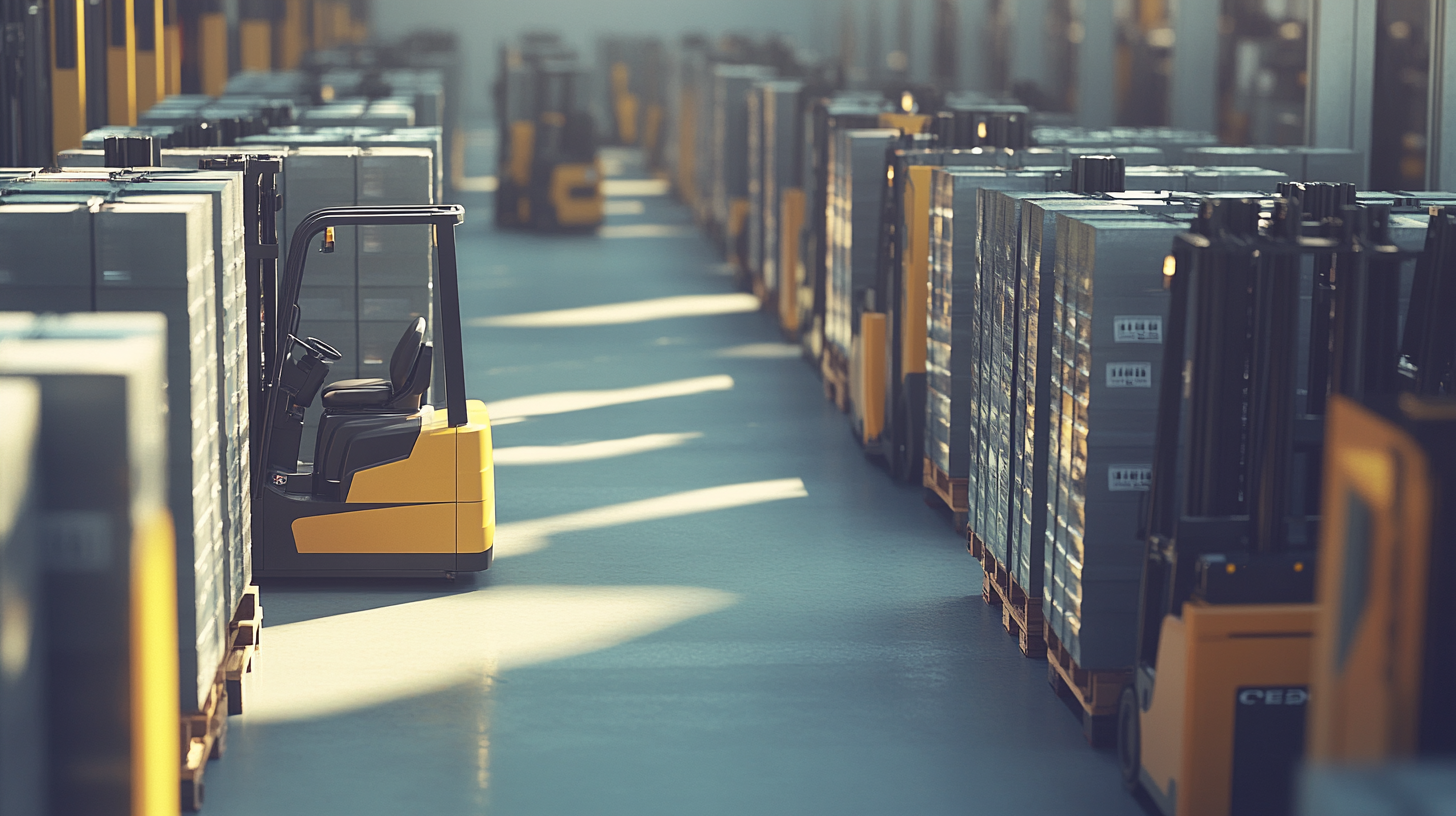
Market Trends: When to Rent and When to Buy Forklifts
In today's logistics and warehousing sectors, the decision to rent or purchase forklifts has become increasingly nuanced, influenced by market trends and operational demands. According to a report by IBISWorld, the forklift rental market has seen sustained growth, with an annual increase of approximately 5% over the past five years. This surge is largely attributed to businesses seeking flexibility and lower upfront costs in an unpredictable economic environment. Renting forklifts allows companies to adapt quickly to fluctuating demand without the burden of long-term investments.
One clear indicator of when to rent versus buy is project duration. For short-term projects, such as seasonal inventory peaks, renting makes more financial sense. A survey by Statista revealed that nearly 70% of logistics companies prefer renting during high-demand seasons to mitigate costs while maintaining efficiency. Conversely, for organizations with consistent, year-round forklift needs, purchasing might offer better long-term value, reducing the expense associated with rental fees over time.
Additionally, advances in forklift technology and maintenance services have changed the landscape for purchasing. The market for electric forklifts is projected to grow at a CAGR of 7.5% through 2027, suggesting that investing in the latest equipment could yield significant returns as businesses strive for greater energy efficiency and lower operational costs. As companies weigh their options, understanding these market dynamics is essential for making informed decisions regarding forklift rental and purchase strategies.
Case Studies: Real-World Examples of Rental and Purchase Decisions
In the decision-making process surrounding forklift acquisitions, real-world case studies provide invaluable insights into the practical implications of renting versus purchasing. For instance, a mid-sized manufacturing company faced a surge in demand for its products and needed to scale its operations quickly. The management opted for forklift rentals during the peak season, which allowed them to access the necessary equipment without the significant upfront costs associated with purchases. This approach not only alleviated financial pressure but also provided flexibility, enabling the company to adjust its fleet size based on fluctuating needs.
On the other hand, a logistics company that required consistent and year-round heavy lifting chose to invest in purchasing forklifts. By analyzing their long-term operational requirements and comparing the total cost of ownership with rental fees, they concluded that buying equipment would be more cost-effective over time. Additionally, this allowed them to customize the forklifts to better fit their specific operational demands, virtually eliminating downtime associated with rental logistics and ensuring availability at all times.
These examples highlight the importance of evaluating both short-term flexibility and long-term costs when deciding between forklift rentals and purchases. Businesses must conduct a thorough analysis of their unique operational needs, financial constraints, and market conditions to make informed decisions that align with their strategic goals.

